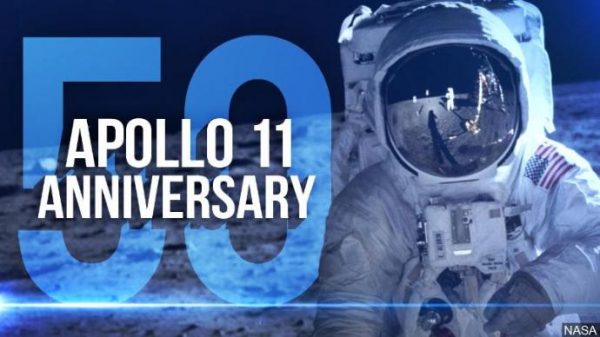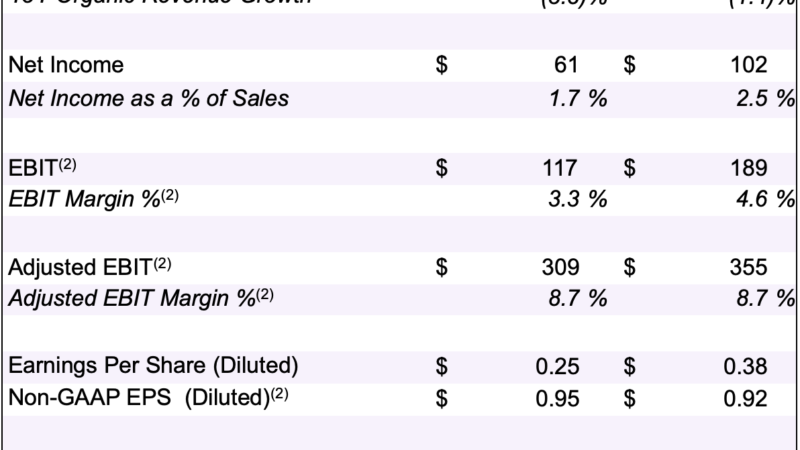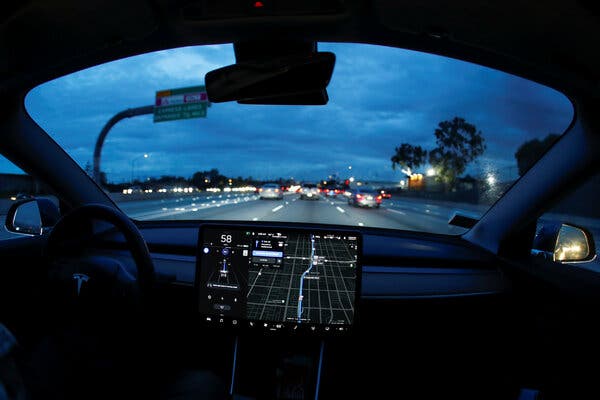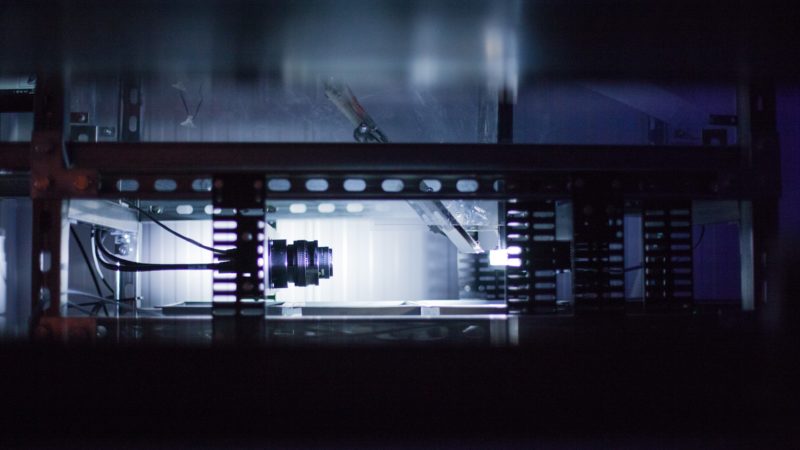Deep Bench: 50 years later, technology advances could mean a second moonshot – WSAW
(WZAW) — July 20 marks the 50th anniversary of the first time man walked on the moon, part of the original “moonshots” of U.S. space exploration.

As we celebrate this historic milestone, the world is also looking forward to what could be the next “moonshot”. Could artificial intelligence or other emerging technologies – like blockchain or quantum computing – be the key to what’s next in our exploration of outer space?
And while man walking on the moon 50 years ago was, at the time, the single most impressive engineering feat ever, the computing power that made it possible pales in comparison to what exists today.
Would you ever imagine there’s more computing power in your smartphone than there was behind the Apollo 11 mission and can you even guess what quantum computing might make possible?
When NASA began to work on the Apollo missions, it enlisted IBM to build critical technologies that would help the space agency achieve its lunar landing goal before the end of the 1960s. A group of some 4,000 IBM programmers, scientists, researchers and other experts built the computers wrote many of the complex software programs that launched the Apollo 11 mission and guided it safely back to Earth.
Turns out IBM has played a role in every NASA space mission. And even today, IBM continues to shape the future of space exploration with technologies including artificial intelligence in the form of Project CIMON (Crew Interactive Mobile Companion) – the first flying, autonomous, AI-based astronaut assistant which is onboard the International Space Station right now.
The goal is for CIMON to assist the astronauts with their experiments and to act as a “colleague” to crew members which IBM sees as playing an important role in future, longer space missions. IBM is also looking beyond AI and at how quantum computing, blockchain and even edge computing could lead to future breakthroughs in space exploration.
Matthias Biniok, who led much of the development of CIMON for IBM joined the Deep Bench via satellite on Friday. He can shared more information about how IBM partnered with NASA leading up to the moon landing, as well as what IBM is doing now, and where we see IBM contributing to space travel moving forward.






